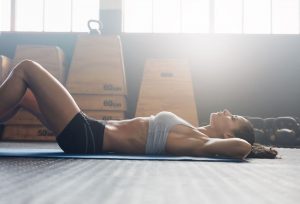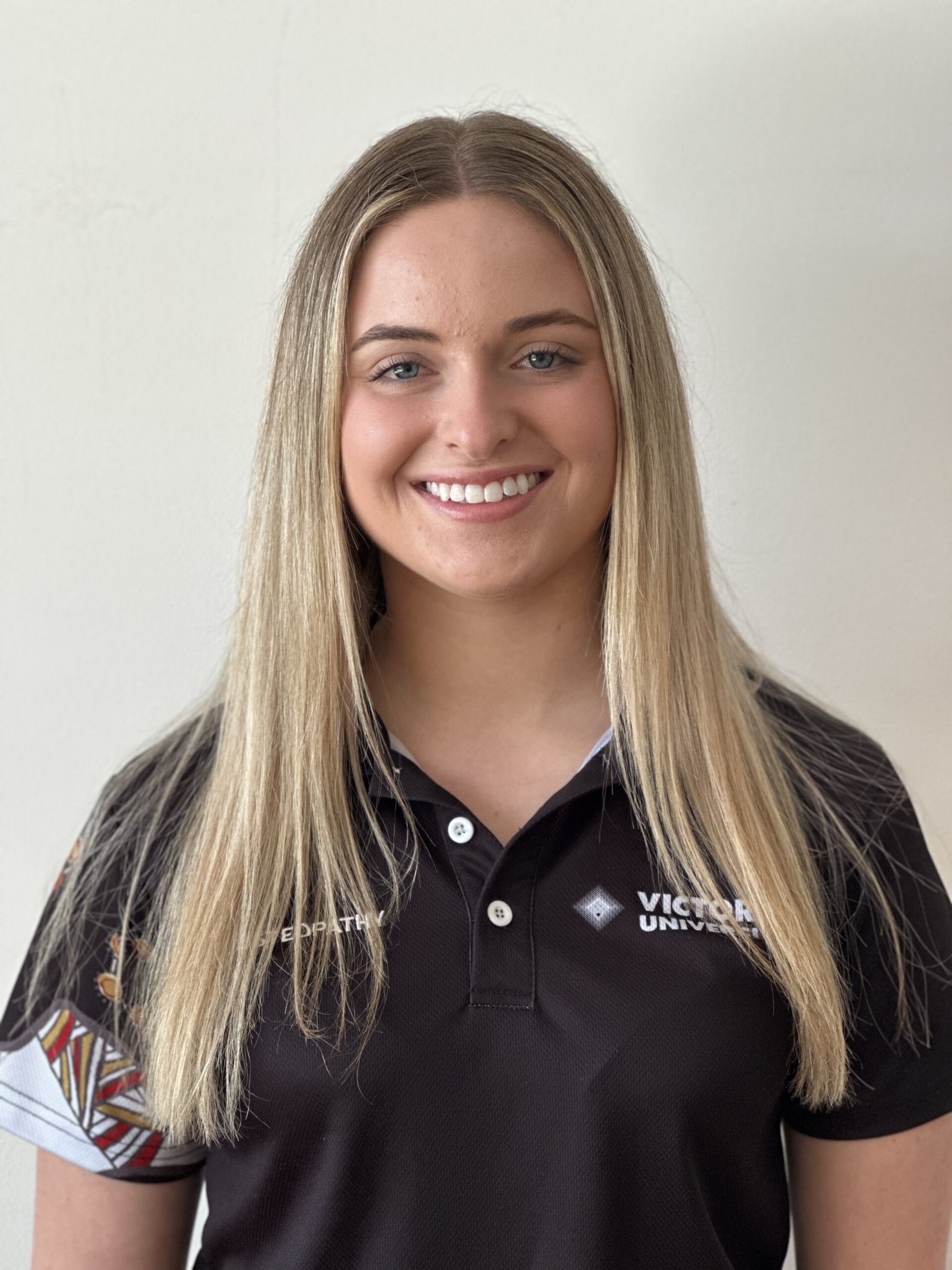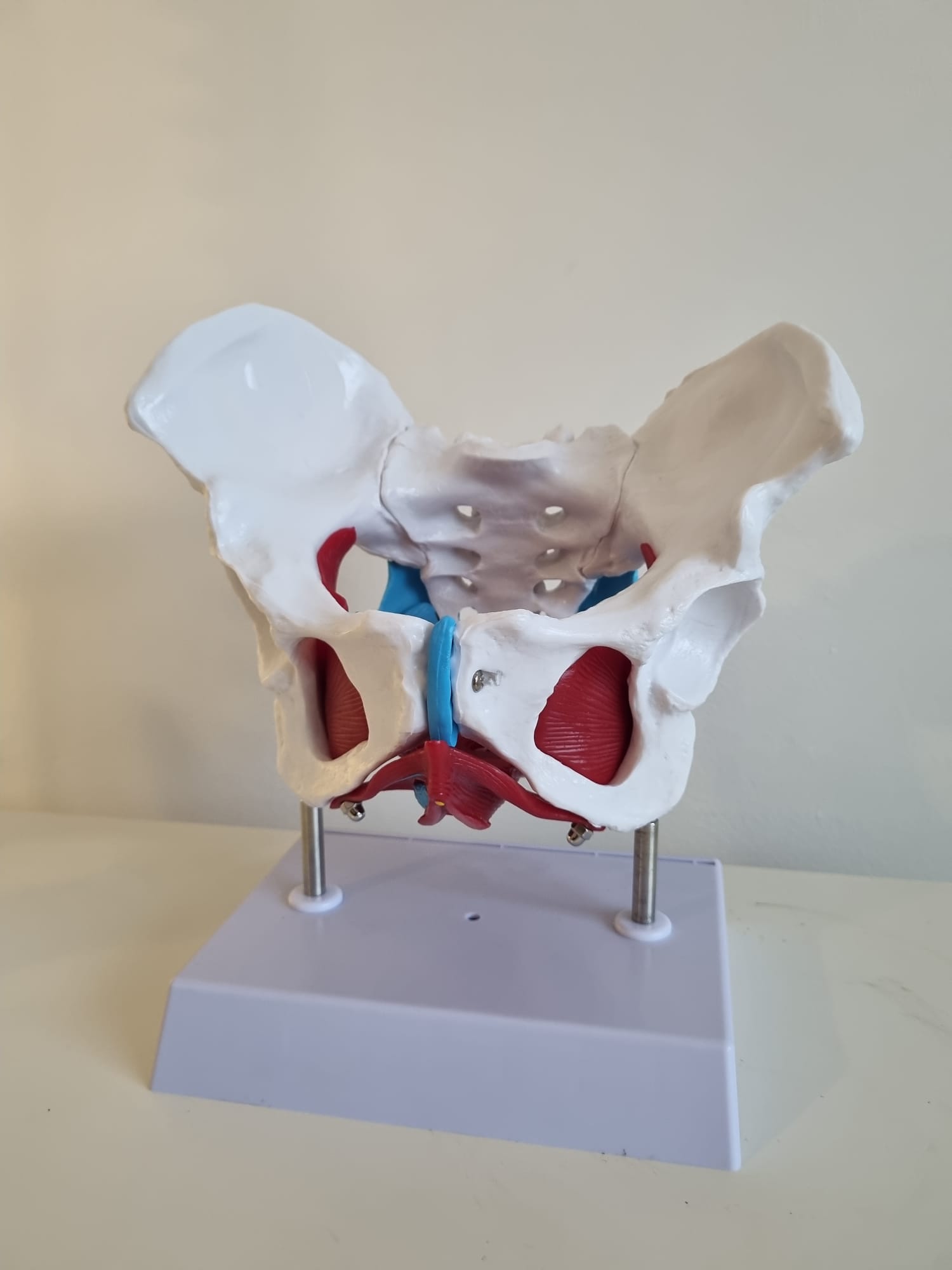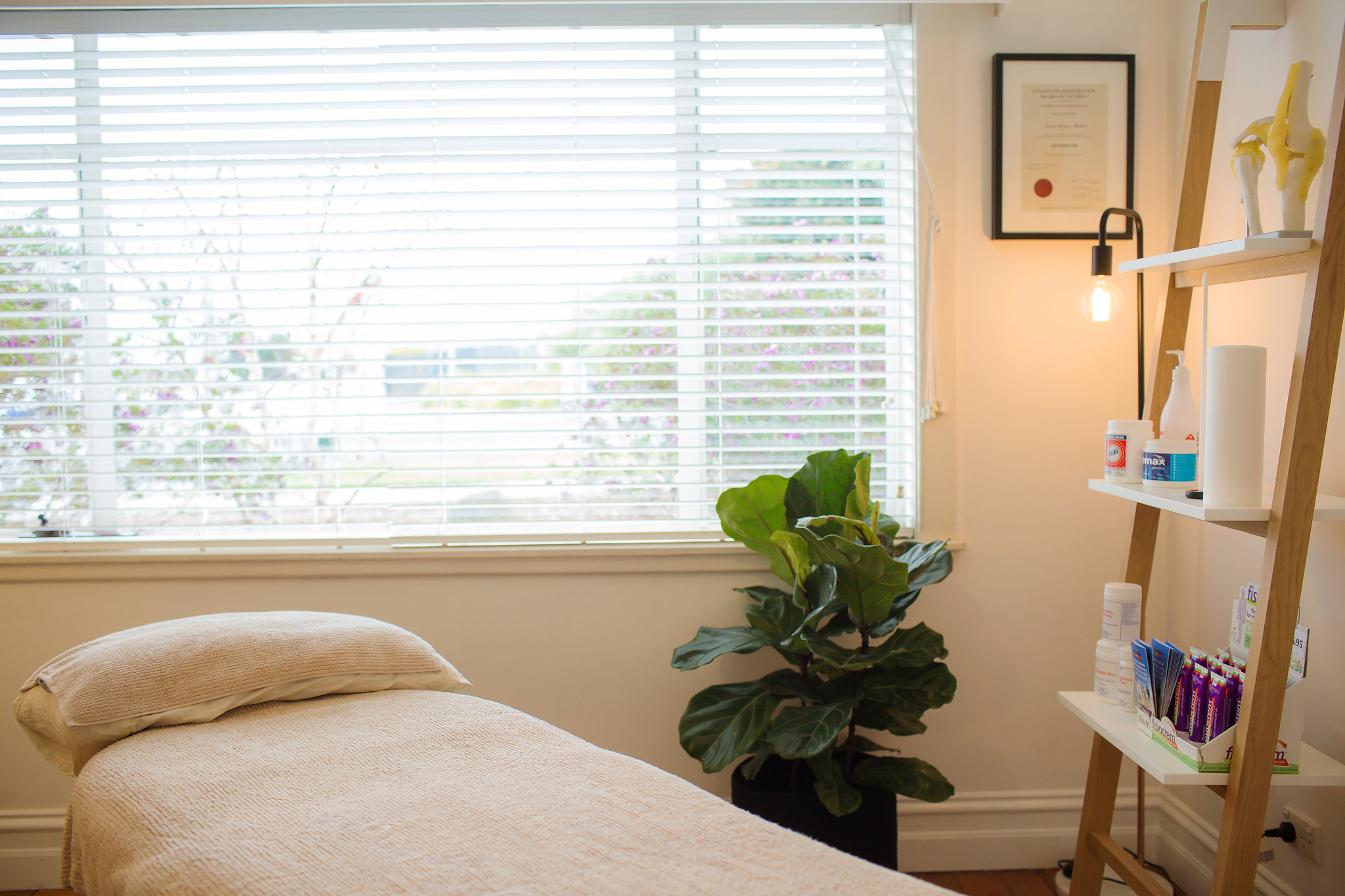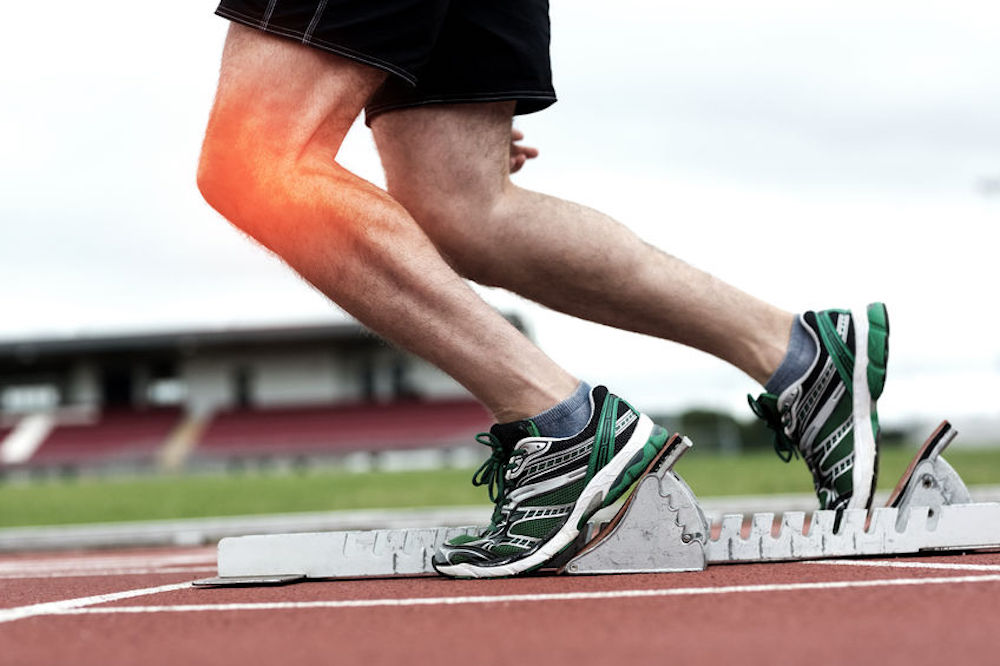
Knee Pain – What causes it and how Osteopathy, Myotherapy and Massage can help
What causes Knee Pain?
With Summer around the corner, everyone from beginners to long distance runners should now be well into their training regime to get their bodies ready for the summer season. If this is you, and you’ve increased your activity quickly you may now be experiencing Knee Pain.
One of the most common causes of knee pain in runners is Runners Knee, and the most common cause is ITB Friction Syndrome.
What is the ITB – Iliotibial Band?
The ITB (Iliotibial Band) is a long, thin band of fascia (connective tissue) that runs down the outside of your thigh. At the top end it attaches into the front of your hip via the TFL (Tensor Fascia Latae) muscle and Gluteus Maximius and at the bottom end it attaches on the Tibia (Shin bone) crossing over the outside of your knee. The ITB is crucial for knee stabilisation during running.
What is ITB Friction Syndrome?
ITB Friction Syndrome is a non-traumatic overuse injury to the soft tissue structures on the outside of your knee.
At the point where the ITB crosses the knee it sits over a bony protuberance and slides over this during movement. During running this flexion and extension repetitive movement can cause excess friction and lead to inflammation and knee pain during;
- running
- cycling
- climbing up/down stairs.
Some of the symptoms are:
- Sharp or burning pain on the outside of your knee whilst running or cycling (lateral knee pain)
- Usually worse during longer distances
- Some swelling around the knee.
What Causes ITB Friction Syndrome?
In most cases, ITB Friction Syndrome is caused by altered running biomechanics due to an underlying muscle imbalance that ultimately result in knee pain. However, what causes the muscle imbalance is what can vary from person to person.
Some causes include:
- Poor running technique
- Sudden/quick increase in distance
- Low hip stabilisation
- Weak Glutes
- Weak inner quadriceps leading to
- Weak core stability
- Poor foot and arch stability
- Old and worn out shoes
How Osteopathy, Myotherapy and Remedial Massage can help?
Your Osteopath will carry out a detailed history and physical examination to determine the cause of your knee pain. They will then devise a treatment plan that will address any issues you have such as
- tight shortened muscles
- leg length discrepancy
- weak postural muscles
- poor foot stability
Osteopathy, Myotherapy and Remedial Massage all involve deep soft massage and stretching techniques to release tight shortened muscles, which can improve strength and function of the muscles.
Your practitioner can also provide advice on appropriate footwear, lifestyle and diet, ergonomics and prescribe a home exercise program that includes;
- dynamic warm ups
- stretching
- rehabilitative strengthening exercises
For some helpful exercises to warm up properly and loosen off tight muscles read our following blogs!

